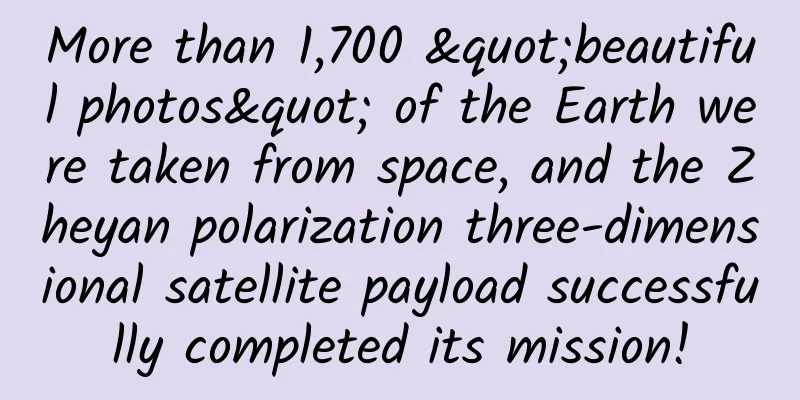"Tianzhi-2D" satellite was launched, and the types of satellites are as follows

|
China Science and Technology News Network, January 16 (Xu Qiqi) At 11:14 on January 15, the Long March 2 Dingyao 71 carrier rocket successfully launched the Qilu-2, Qilu-3, Luojia-3 01, Golden Bauhinia Satellites 3, 4, 6, Jilin-1 MF02A 03, 04, 07, Gaofen 03D 34, Haihe-1, Wolfman, Beiyou-1, and Tianzhi-2D satellites into the predetermined orbit at the Taiyuan Satellite Launch Center, and the launch mission was a complete success. Artificial satellites are unmanned spacecraft orbiting the Earth or other planets. Artificial satellites can be divided into three categories: scientific satellites, application satellites and technical test satellites. Scientific satellites are satellites used for scientific exploration and research. They can study and detect the atmosphere, radiation belts, magnetosphere, cosmic rays, solar radiation, etc. of a planet. The satellites are equipped with various detection instruments. Through the data collected by scientific satellites, humans can better understand the universe. The mission of application satellites is to provide practical business applications on the ground. There are many types of application satellites, mainly including navigation satellites, communication satellites, and observation satellites, which can be subdivided into more than ten types. A technology test satellite is a satellite that tests new technologies or conducts tests for application satellites. Some countries will test some new or complex technologies on application satellites on technology test satellites, and then use them on application satellites after they are successful. The content of technology test satellite tests is very wide, including manned spacecraft life support systems, rendezvous and docking tests, mobile communication tests, etc. Satellites are now on the road to becoming more intelligent. According to Science and Technology Daily, the Tianzhi-2D satellite has realized full deployment on a unified micro-cloud computing platform for the first time, which in turn drives intelligent scheduling and computing, and no longer has separate satellite services, attitude control, data management and other subsystems. The Tianzhi software stack with an open system architecture makes it highly open. |
<<: "How did a deer from across the ocean end up on our national emblem?"
>>: Beware of "holiday sickness", you need to know these scientific medication knowledge!
Recommend
Can the unsolved string theory turn the tide and save the universe from collapse?
Can string theory save the universe from a devast...
School is about to start. How can we help children adjust their mindset to welcome the new semester?
Winter vacation is coming to an end. Are your chi...
Community SOP Complete User Guide
Community is the most familiar word in user opera...
Meitu Xiuxiu advertising billing method and advertising format
Beautiful pictures Meitu Platform is a brand dedi...
In 2014, Android Wear shipments were only 720,000. Who bought them?
[[127864]] Beijing time, February 12 morning news...
Apple iOS 15 latest version upgrade, these 4 functional changes make your phone more useful
The update of Apple's iOS system has always b...
Lanzhou online medical consultation mini program function, how much does it cost to develop an online medical consultation mini program?
With the continuous development of informatization...
A new scam! Using "quantum technology" to grow crops can help fight diseases, disasters and increase yields?
Recently, a news program exposed a case of defrau...
Price inquiry for the development of Tongren men's clothing mini program. How much does it cost to develop Tongren men's clothing mini program?
Tongren men's clothing applet development pri...
HTTPS vulnerability exposes 1,500 iOS apps to security vulnerabilities
SourceDNA, an app analytics service company, rele...
Who is your best friend? Green Peacock: Ox!
Produced by: Science Popularization China Author:...
6 successful digital marketing cases in the first half of 2019!
Introduction: Digital marketing plays an increasi...
Gasgoo: In the first half of 2022, the sales volume of 10 multinational automakers in China was 1.47 million.
According to data from the China Association of A...
How much does it cost to join the Anshun Wedding Banquet Mini Program? What is the price for joining Anshun Wedding Banquet Mini Program?
How much does it cost to join the Anshun wedding ...
Frequently asked questions and answers about user growth!
This article is just a beginning, sorting out 5 v...



![Dapeng Education-[Teacher Jia] C4D Design Master Class](/upload/images/67cbfe90d2da2.webp)





